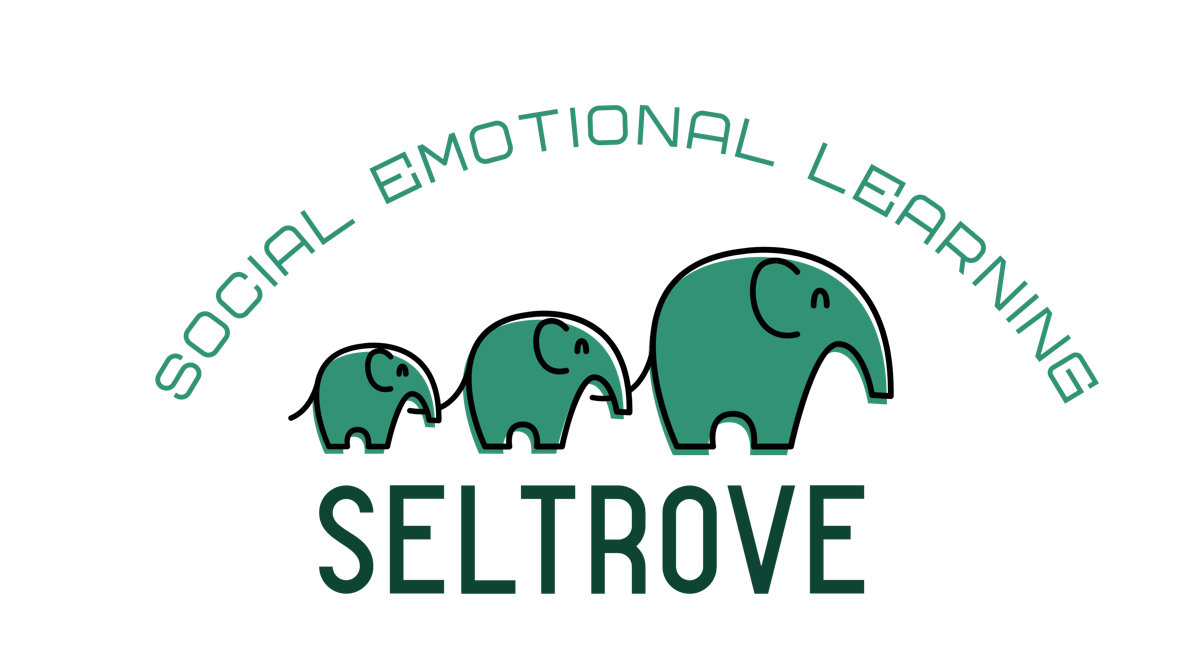- Mindfulness is about awareness. The most well-known definition comes from Jon Kabat-Zinn who defines mindfulness as “paying attention to the present moment without judgment”. So, at its core, mindfulness is just about noticing and about being fully present.
- The second thing that mindfulness IS also comes from Jon Kabat-Zinn's definition. Mindfulness is judgement-free. The key to awareness in the present moment is to allow the moment to be whatever it is without judging it. This is very freeing because there is no “right” or “wrong” and there are no expectations.
- This means that mindfulness is also imperfect. Since there is no “right” or “wrong” way to experience the present moment, there is also no pressure about perfectionism in mindfulness. Instead focus on your mental health, physical health, and the positive emotions you experience when practicing mindfulness.
- Last but not least, mindfulness is a practice for your daily life. That means that it gets both easier and more beneficial when it is done regularly. Staying in the present moment, avoiding judgment, and allowing imperfection are all easier said than done, so the key to all of that is practice - practice makes progress!
